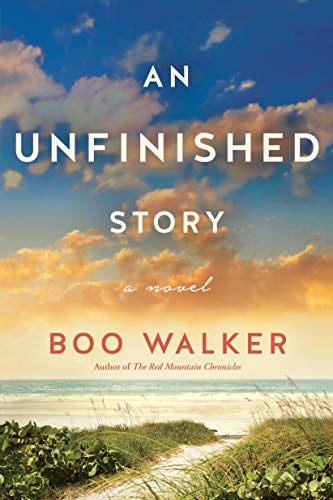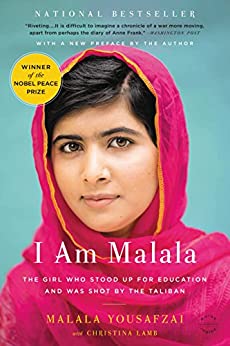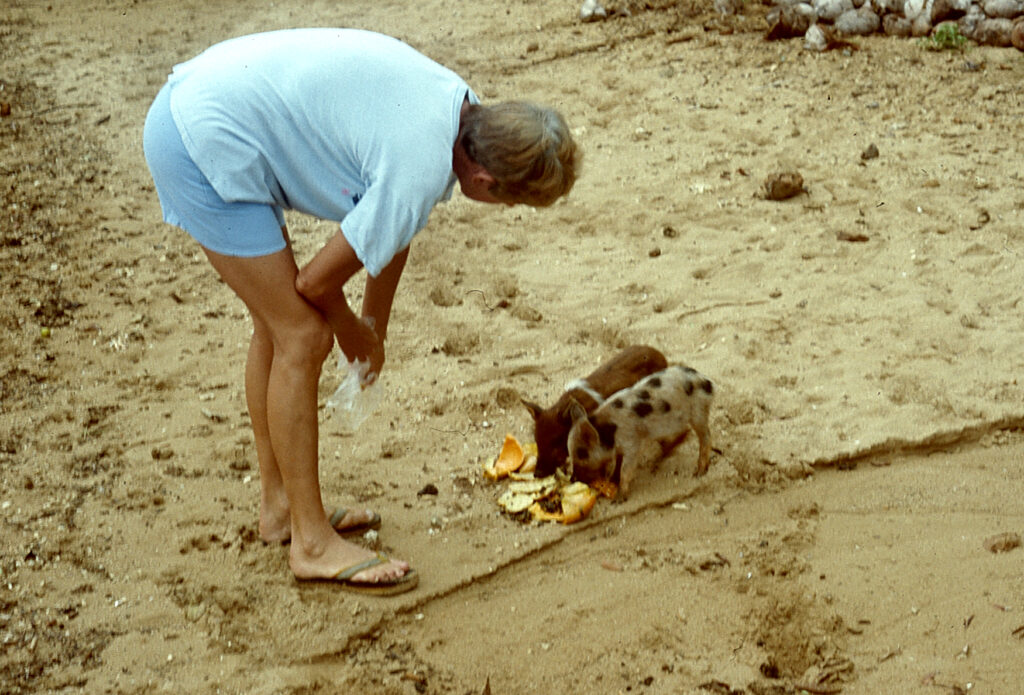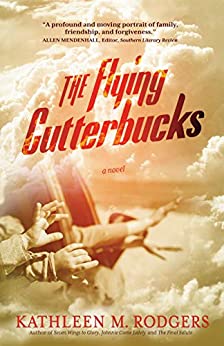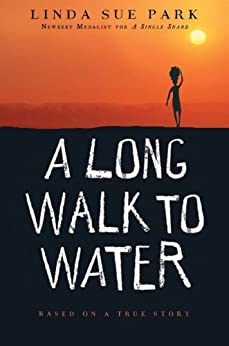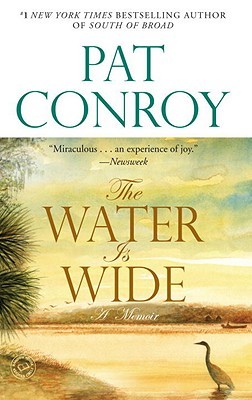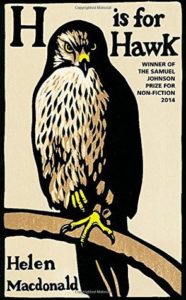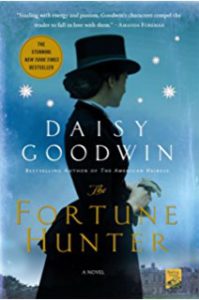An Unfinished Story: A Novel by Boo Walker, takes place in modern-day Florida. It’s a story of renewal, of overcoming grief and guilt, and turning misunderstanding to acceptance.
Claire Kite lost her husband, David, three years ago in a tragic car accident. Although she continues to manage her up-scale restaurant in Coquina Key, Florida, she’s just putting in time. Life isn’t worth living without David. But she knows life goes on and she’s determined to start anew. The first step is to sell their house—it’s not a home without David.
David, a successful architect, was also an aspiring writer and was about half way through his first novel, Saving Orlando. While cleaning out David’s office, Claire finds the manuscript and reads it for the first time. She’s impressed with the story and feels if she can find a writer to finish it, she will have kept David’s memory alive with something that had been dear to him.
Whitaker Grant is in a slump. Once famous for his first and only bestselling novel, a masterpiece that became a successful film, he has run out of steam. It’s been ten years and he hasn’t written anything worthy of print, his wife has left him, and he’s wallowing in mid-life crises.
When Claire approaches Whitaker to take on the task of finishing David’s book, the has-been writer turns her down. She persists and what follows is a story of redemption, though not easily won.
I loved this novel. The author tells the story with a strong sense of place—I could smell Florida’s salty air, could almost savor its unique cuisine. I appreciated his sharing a writer’s life, of what it means to lose yourself in a story, to bare your soul, and to have the tenacity to stick with the project long enough to bring it to a proper conclusion.


